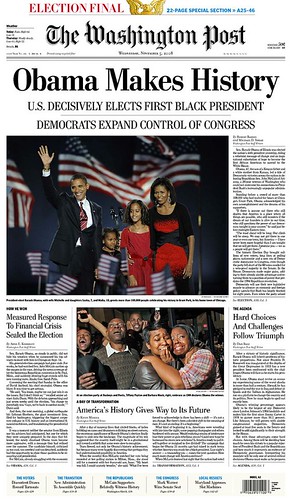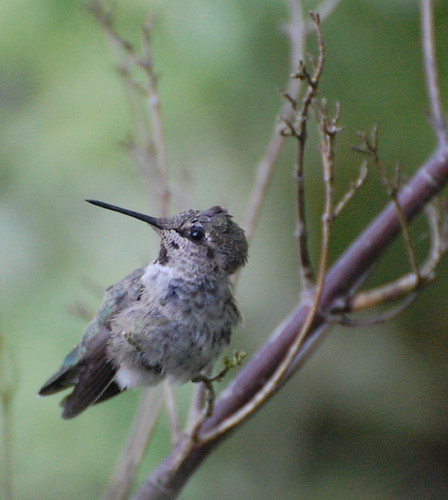For awhile, I called myself “agnostic.” I could no longer swallow the whole Abrahamic religious model; it seemed like 90% of the motivation behind those religions was sinister, avaricious and more about gaining and keeping earthly power than worshipping a godly one. Born, raised and steeped as I was in the some of the more conservative Christian traditions, it took a few years for me to screw up the courage scrape off the last barnacles of those traditions. Once I discarded that spiritual model, for good and all, it took some months to identify the spiritual path that spoke to my soul and my relationship to the Almighty.
Now that I have found that path, I feel a little less hypocritical getting all caught up in a “Christian” holiday. Because, of course, it’s not really Christian now, is it? History tells us that Jesus is probably not the reason for this particular season. We know that Christ, by the account of the Gospels, was probably born in closer to February than December, judging by the speculation that if shepherds were in the fields watching the flocks at night it would be lambing time: late winter/early spring. Early Christians decided it would be easier to convert pagans if they borrowed holidays the heathens already celebrated and gave them Christian significance. Someone determined that Winter Solstice was as good a date as any to assign to the birth of Christ.
But the holiday itself is Solstice, and I no longer have any guilt about surrounding myself with bright lights, burning logs, the smell of spices and comforting foods, enjoying family and giving gifts, honoring the Almighty and celebrating the turn of the season and the return of the light.
One of my favorite aspects of the holiday season is the music. Sacred, popular, whimsical or traditional, I love it all. From ancient chant to the Trans-Siberian Orchestra. I have to admit, for a few years there, I cherished the music more for its nostalgic value than for any meaning it had in my present life. But lately, I’ve been considering that the songs have a universal, not necessarily strictly Christian, message.
I own an impressive collection of holiday CD’s. Last count had me at something around 120. Yes, that’s right…I own over a hundred Christmas records. Heading this year’s list of favorites is Jim Brickman’s “Peace.” In particular, his cover of “Do You Hear What I Hear,” with vocals by Anne Cochran. While I’ll always have a soft spot in my heart for Der Bingle, Brickman’s is just the perfect rendition of this song. For me, it took the meaning of the lyrics out of the realm of soppy 50’s sentimentalism and into universal relevance.
Given the events surrounding the recent presidential election, colored as they were by our 21st –century talent for choosing our own reality, we could all very well be looking at our neighbors and wondering, “Do you see what I see? Do you hear what I hear?” But that’s not the direction I’m going to go with this.
No…what struck me was that the song included everybody and everything—the wind, the lamb, the shepherd boy, the mighty king—talking with each other just the same as I could talk to you. Exactly how it is…how it should be. And they are asking these questions about the magic of creation that the Universe shows us every day, every hour. Do you see what I see? Do you hear what I hear? Do you know what I know?
I wanted to post a You-Tube video here, but You-Tube did not have exactly the right version of this song. I needed the one off the album, with the fiddle and the whistle and the slightly Celtic flavor. So…since You-Tube didn’t have one, I made one myself.
Enjoy!


















Great job on the video! Thank you.
ReplyDeleteLisa very well put. I am on the same path as you
ReplyDeleteThank you for connecting the dots for me.